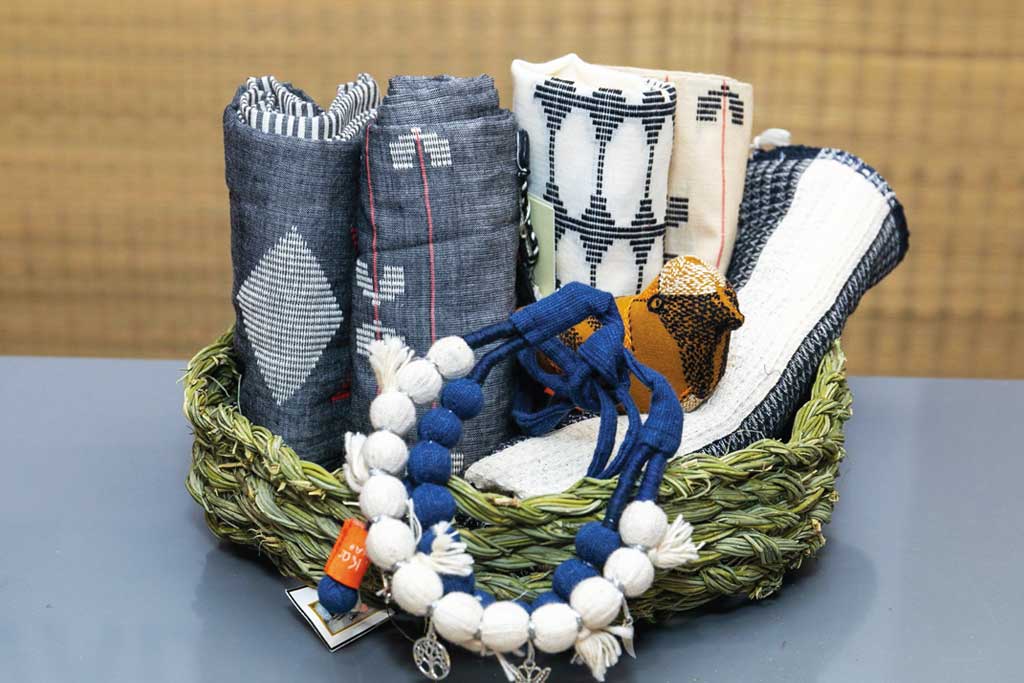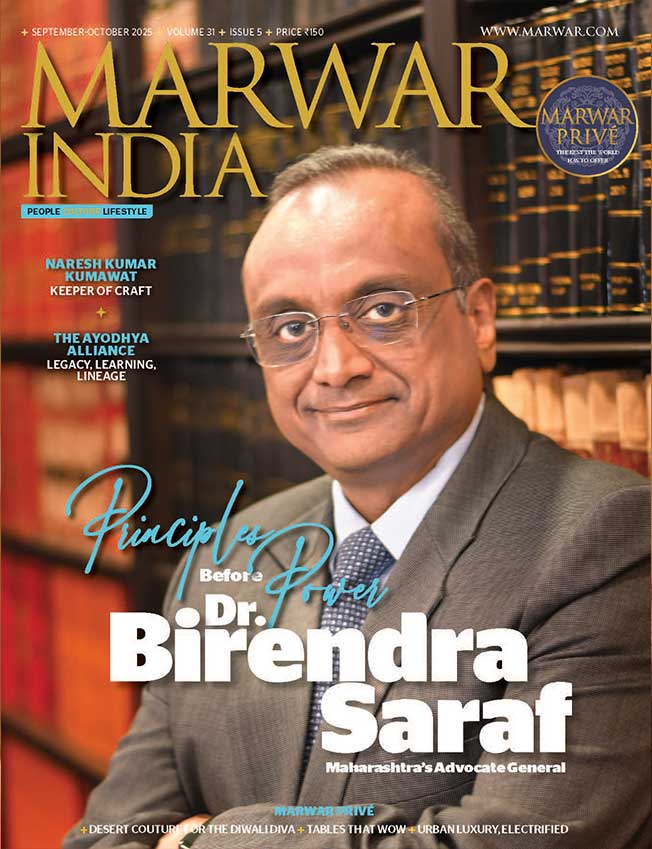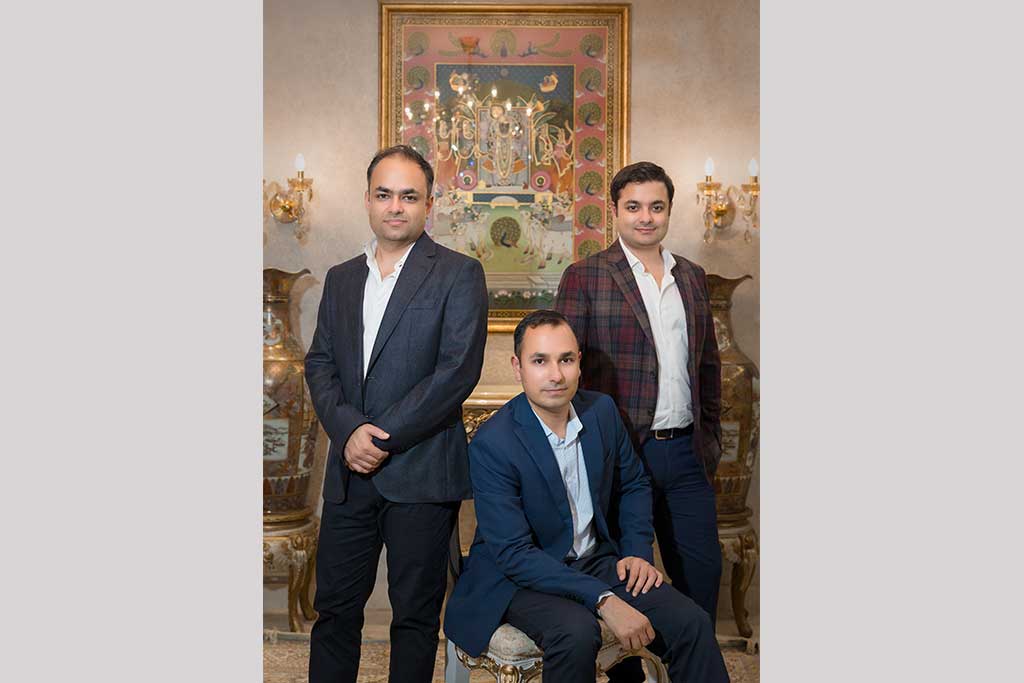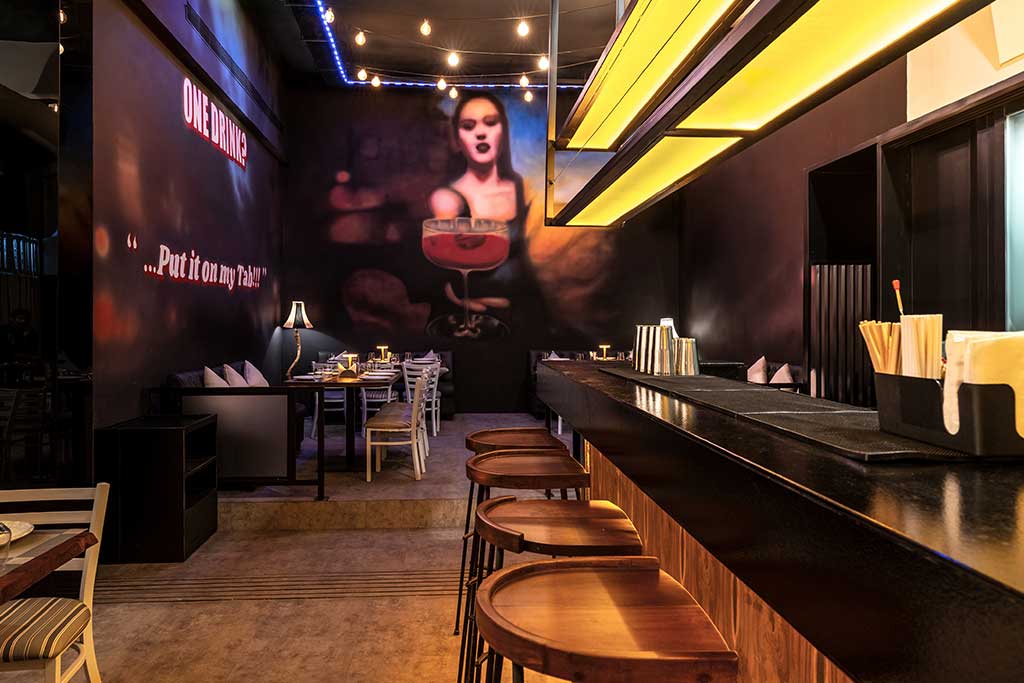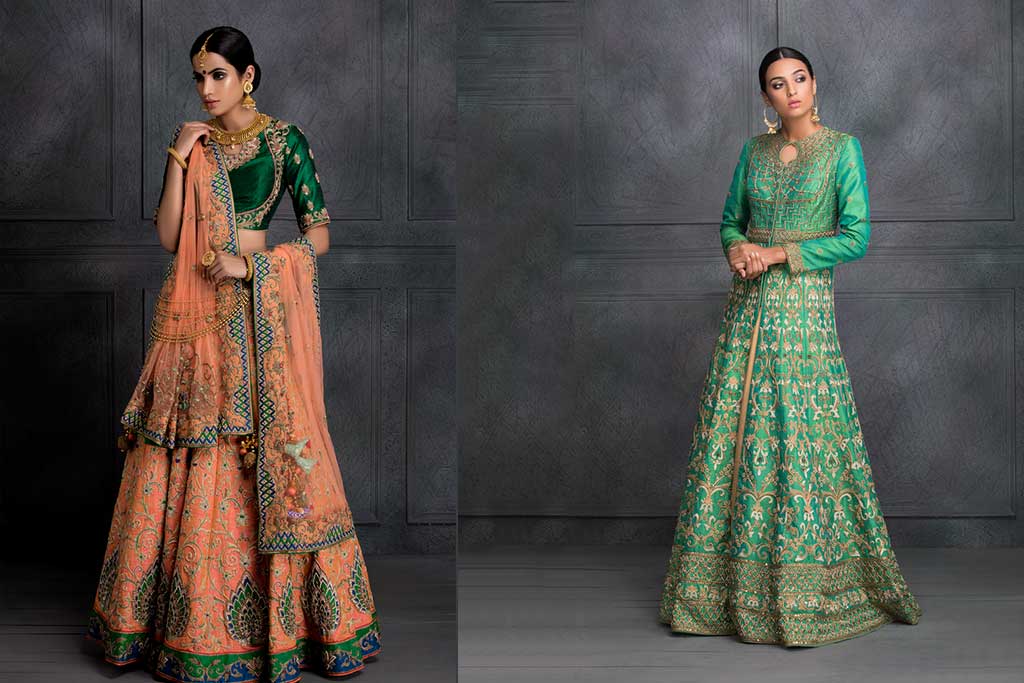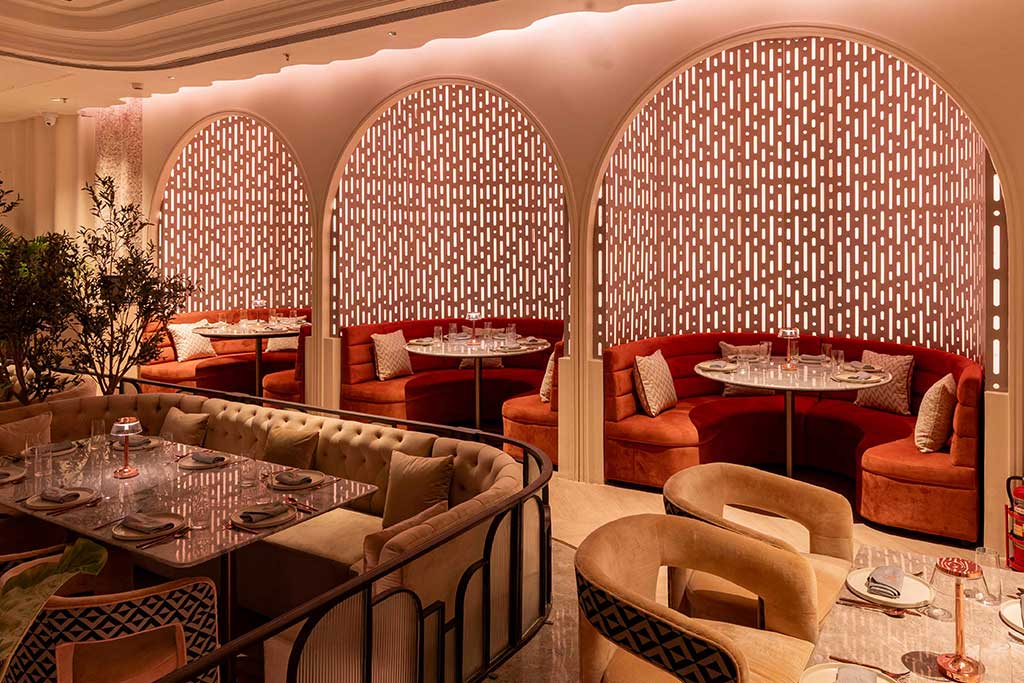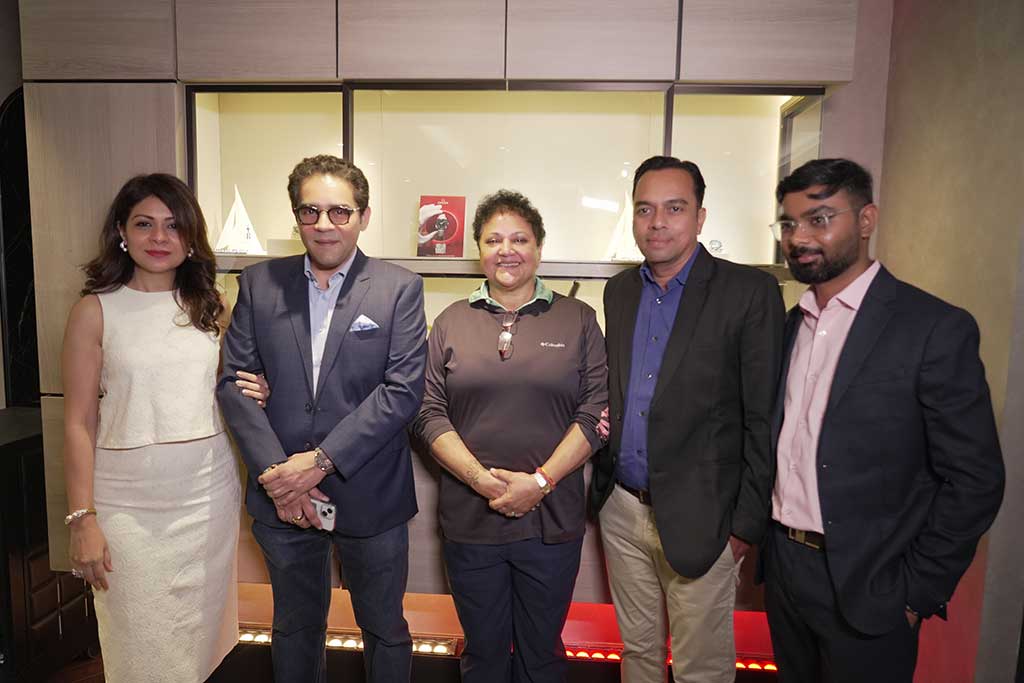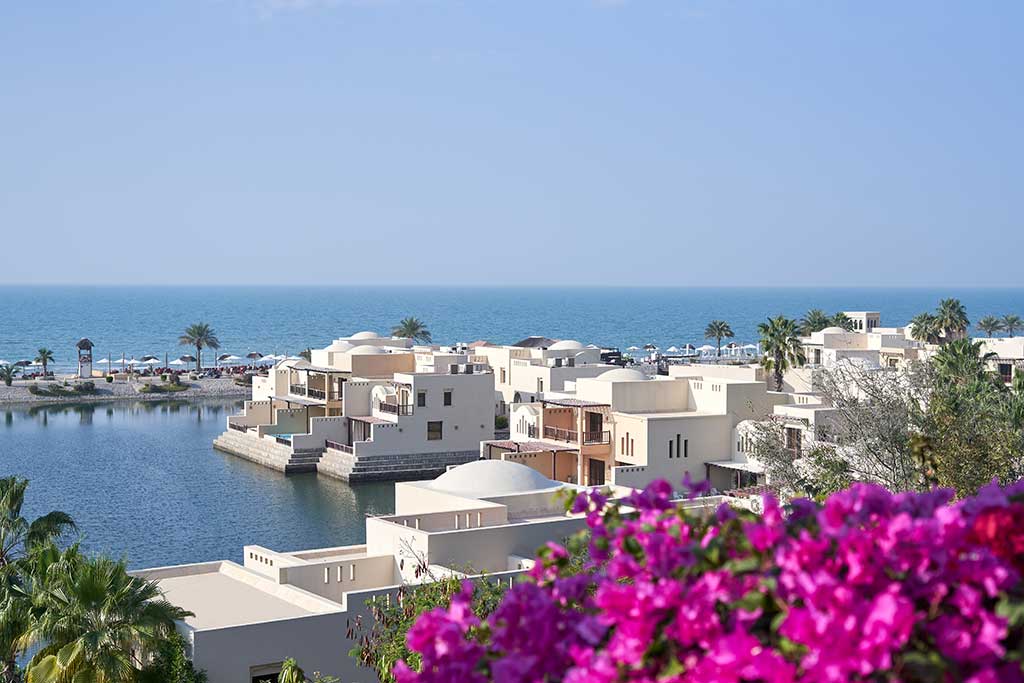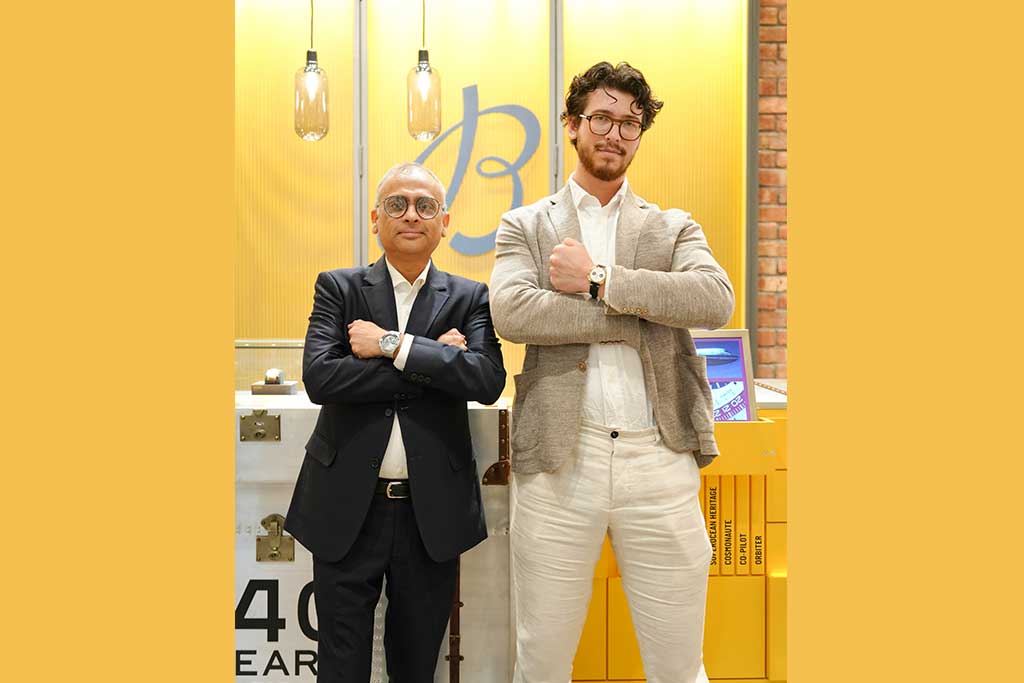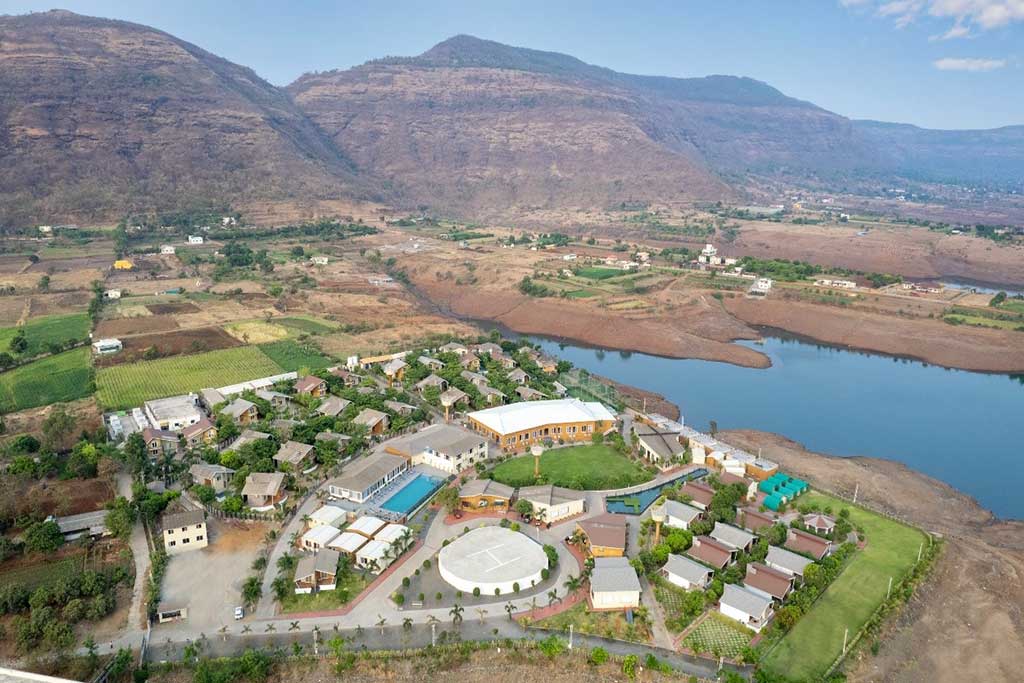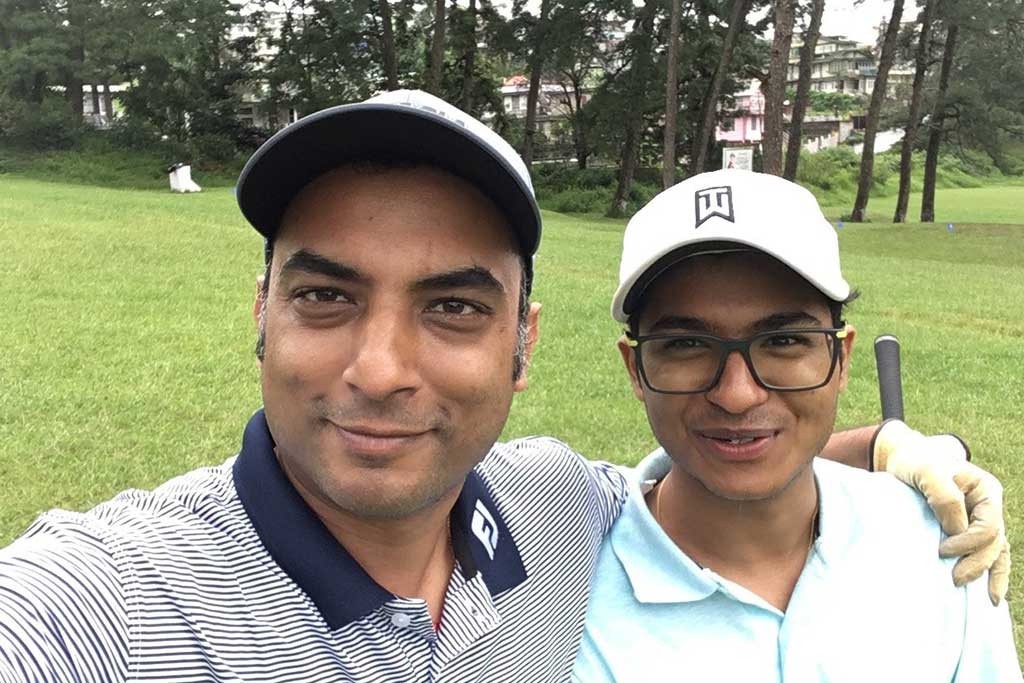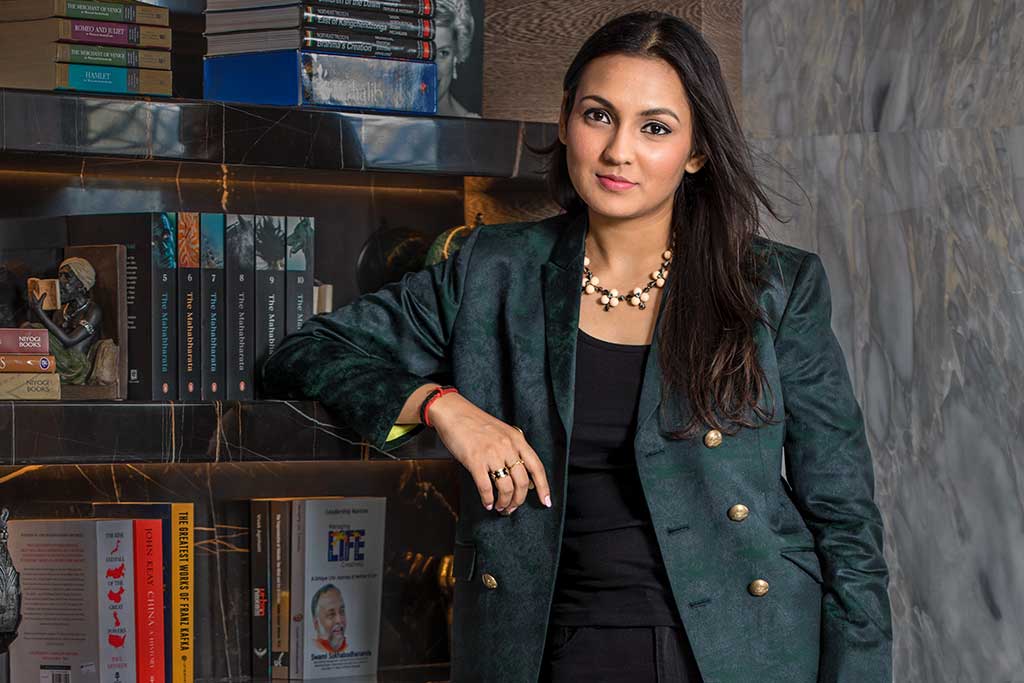Swadheen, a retrospective exhibition held at Kamalnayan Bajaj Art Gallery, Mumbai, celebrated the life and times of Jankidevi Bajaj, a proponent of Gandhian values and staunch supporter of Khadi.
As the curtain rose on January 7, 2024 at Mumbai’s Kamalnayan Bajaj Art Gallery, it unfolded a dream spanning over 30 years. Kiran Bajaj, inspired by the legacy of Jankidevi Bajaj, brought forth a unique Khadi exhibition, not merely as a platform for weavers’ designs but as a reintroduction to the ‘Fabric of Freedom’.
Swadheen was inaugurated by Dr Pheroza Godrej, art historian, environmentalist and writer along with Kiran Bajaj. It brought together the historical, social and economic contexts in which the Fabric of Freedom has developed and continues to exist.
The three-day event included textile art installations, guided walkthroughs, a tribute to Jankidevi Bajaj, panel discussions and lecture sessions,
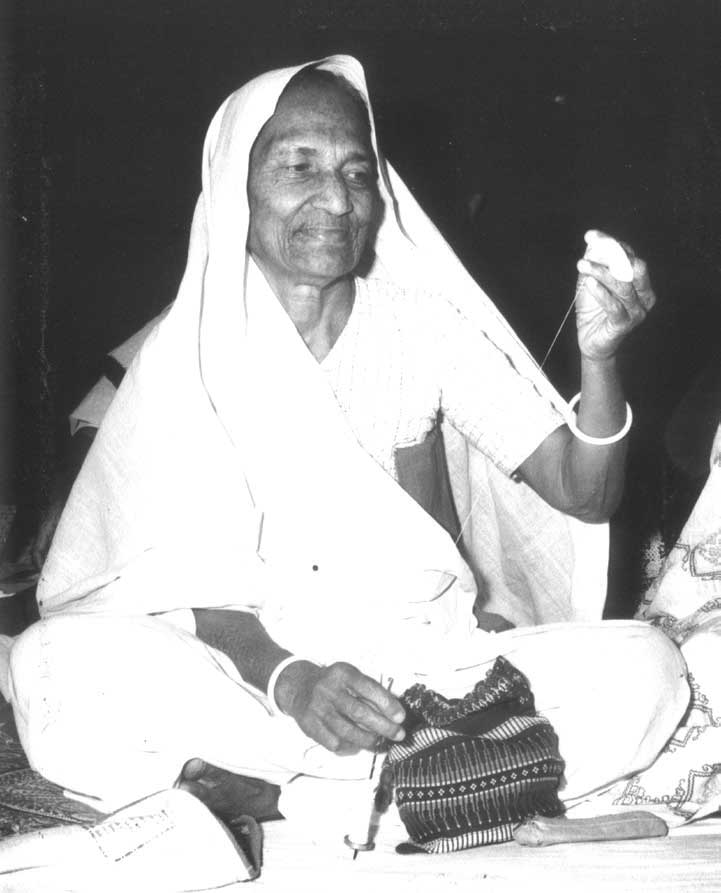
and a curated exhibition-cum-sale by entrepreneurs and artisan-led initiatives showcasing wearables and lifestyle products. The eminent speakers were Sushma Veerappa- Udaanta Trust; Venkata Krishna-Discovering Roots; Dr Suman Koulagi; Ravikiran-Metaphor Racha and Paresh Patel-Royal Brocades. The exhibition participants were Metaphor Racha, Tula Organic, Magan Khadi, Kullvi Whims, Amoda, Discovering Roots, Bunkar Bihar, The Charkha, Manas by Manas Ghorai, Little Bee Charitable Trust and Rajiben Vankar.
The genesis of Swadheen traces back to the 1970s when Kiran Bajaj, a young bride, met her grandmother-in-law Jankidevi Bajaj, a freedom fighter and social reformer. Over her interactions and time spent in Wardha, she learned more about Jankidevi, a rich Marwari woman who gave up her luxuries in a matter of seconds. She was influenced by her husband Jamnalal Bajaj and Mahatma Gandhi and embraced their stringent lifestyle. For Jankidevi, this was an act of resolute acceptance and understanding of the Swadeshi movement.
In 1921, at the age of 28, Jankidevi burnt all her rich silks as an act of rebellion against the British. She spun her own Khadi and adopted it as her lifelong attire. She clad everyone in Khadi including the temple deities! Through day and night, she worked on the charkha and went from house to house teaching suikatai to hundreds of people. This sense of purpose and sacrifice combined with her profound influence ignited Kiran Bajaj’s vision to present Jankidevi’s persona to the people of India.
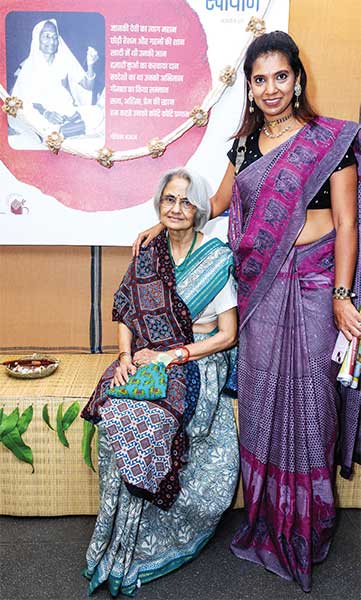
The opportunity presented itself many years later. As President IMC Ladies Wing, 1992-93, Kiran Bajaj dedicated her tenure to the theme ‘Discover the Entrepreneur in You’. In 1993, at the birth centenary of Padma Vibhushan Jankidevi Bajaj, she instituted the Ladies Wing Jankidevi Bajaj Puraskar for the Rural Woman Entrepreneur. This set the stage for an event that would emerge 30 years later as Swadheen.

The exhibition led by Kiran Bajaj and curated by Savitha Suri is not just a showcase but homage to Jankidevi’s life and sacrifices for freedom. In collaboration with the IMC Ladies’ Wing and the team at Bajaj Electricals, Kiran Bajaj’s dream is now a reality, patiently waiting in the wings to explore new avenues.
Why Khadi?
Kiran Bajaj believes Khadi is not just a fabric. It pays tribute to all those who fought for our freedom, and epitomises our love for our nation. Beyond its cultural significance, Khadi serves as a source of employment and opportunities, impacting millions of lives including unemployed individuals, young mothers and widows, defining a dignified way of living. Bajaj believes instilling a sense of pride, particularly among the younger generation, in something woven on Indian soil is necessary. Each rupee spent on this fabric contributes to feeding a hungry soul and plays a role in social progress. The possibilities are vast—extending from clothes, textile furnishings, bags, and towels to various accessories. Bajaj envisions a collective impact and believes that if everyone invested in a single rumaal, it could significantly contribute to India’s economy.
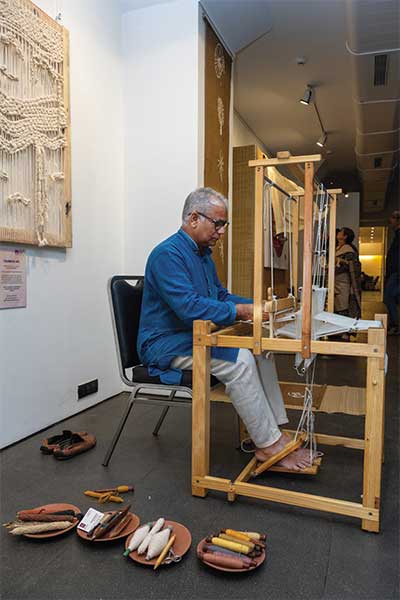
Above all, she sees Khadi as a unifying force, connecting the diverse people of India. It is not just a fabric; it should also stand as the pride and glory of the nation, embodying its rich heritage and limitless potential.
Recent Posts
Discover Your Perfect Honeymoon in the Maldives
For Indian couples embarking on their journey of togetherness, the Maldives has long held an almost mythical allure - a tapestry of turquoise
Jewels Fit For Generations : The Nemichand Bamalwa Story
Since 1987, Nemichand Bamalwa Jewellers has been more than just a name; it is a legacy of trust, craftsmanship, and innovation.
Welcome to "What's Your Plan?"
This vibrant social hub by DJRS Hospitality blends chic vibes with gourmet bites,
Rajasthan’s Crafty Fashion Takeover
Rajasthan, India’s desert jewel, is a repository of exquisite and time-honoured crafts.
‘Mercii’ Beaucoup, Mumbai!
Stepping into Mercii at 81 Crest, Khar, feels like entering a world where gratitude is plated with every exquisite bite.
Game. Set. Watch: Omega Celebrates Smriti Mehra
Luxury Watch Boutique Time Avenue, Mumbai, in collaboration with Omega, hosted a special event to honour none other than Smriti “Simi” Mehra,
Sand, Sea & Sky - High Thrills
Whether you’re soaking in serene natural beauty or diving into extravagant fun, the UAE offers the perfect setting for an unforgettable family getaway.
Dr. Anuja Luniya Shows You How to Stress Less, Live More
Meet Dr. Anuja Luniya, physiotherapist by degree, stress strategist by passion, and your go-to guru for turning everyday chaos into calm.
Breitling's 140th-Anniversary Vintage Watch Exhibition: An Unmissable Showcase
The Breitling Heritage Exhibition, a remarkable showcase of the brand’s most iconic timepieces from its 140-year history, has been on an extensive global tour with 55 stops across four continents.
Dawn to Dusk with Sidhart Pansari: Steering Primarc's Legacy into the Future
We follow the dynamic director of the fastascendant Primarc Group
4 Perfect Getaway Resorts Near Mumbai
For those looking to break away from the urban bustle, India's hidden nature
48 Hours In Canberra
Canberra is a vibrant city with a rich culture, awe-inspiring natural landscapes, adventure-filed activities, and hospitable locals.
Understated Power
In the charming town of Shillong, Meghalaya, golf is more than just a game—it's a family affair for Gaurav and Lakshya Bajaj.
Understated Power
The Lexus LX500d is a rare sight on the roads, and this exclusivity is where its distinctive charms resides.
The Money Manager
Engaging young, ambitious, tech-savvy successors to manage family wealth is a rising global need among the super-rich.

